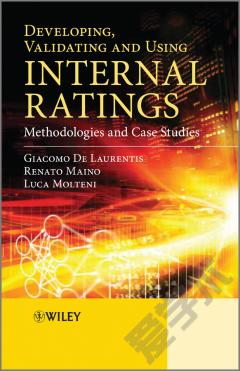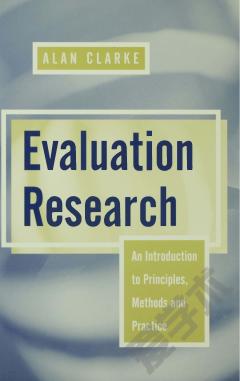Developing, Validating and Using Internal Ratings —— Methodologies and Case Studies
----- 开发、验证与使用内部评级:方法与案例研究
Preface 1 Introduction 2 Classifications and key concepts of credit risk 2.1 A classification 2.2 Key concepts 3 Rating assignment methodologies 3.1 Experts based approaches 3.2 Statistical based models 3.3 Heuristic and numerical approaches 3.4 Involving qualitative information 4 Developing a statistical based rating system 4.1 The process 4.2 Setting model's objectives and generating the dataset 4.3 Case study: dataset and preliminary analysis 4.4 Defining an analysis sample 4.5 Univariate and bivariate analyses 4.6 Estimating a model and assessing its discriminatory power 4.7 From scores to ratings and from ratings to probabilities of default 5 Validating rating models 5.1 Validation profiles 5.2 Roles of internal validation units 5.3 Qualitative and quantitative validation 6 Case Study. Validating PanalpBank's statistical based rating system for Financial Institutions 211 6.1 Case study objectives and context 6.2 The 'Development report' for the validation unit 6.3 The 'Validation report' by the validation unit 7 Conclusions. Ratings usage opportunities and warnings. 7.1 Internal ratings are critical to credit risk management 7.2 Internal ratings assignment trends 7.3 Statistical based ratings and regulation: conflicting objectives? 7.4 Statistical based ratings and customers: needs and fears 7.5 Limits of statistical based ratings 7.6 Statistical based ratings and the theory of financial intermediation 7.7 Statistical based ratings usage: guidelines Bibliography Subject Index
{{comment.content}}








 京公网安备 11010802027623号
京公网安备 11010802027623号